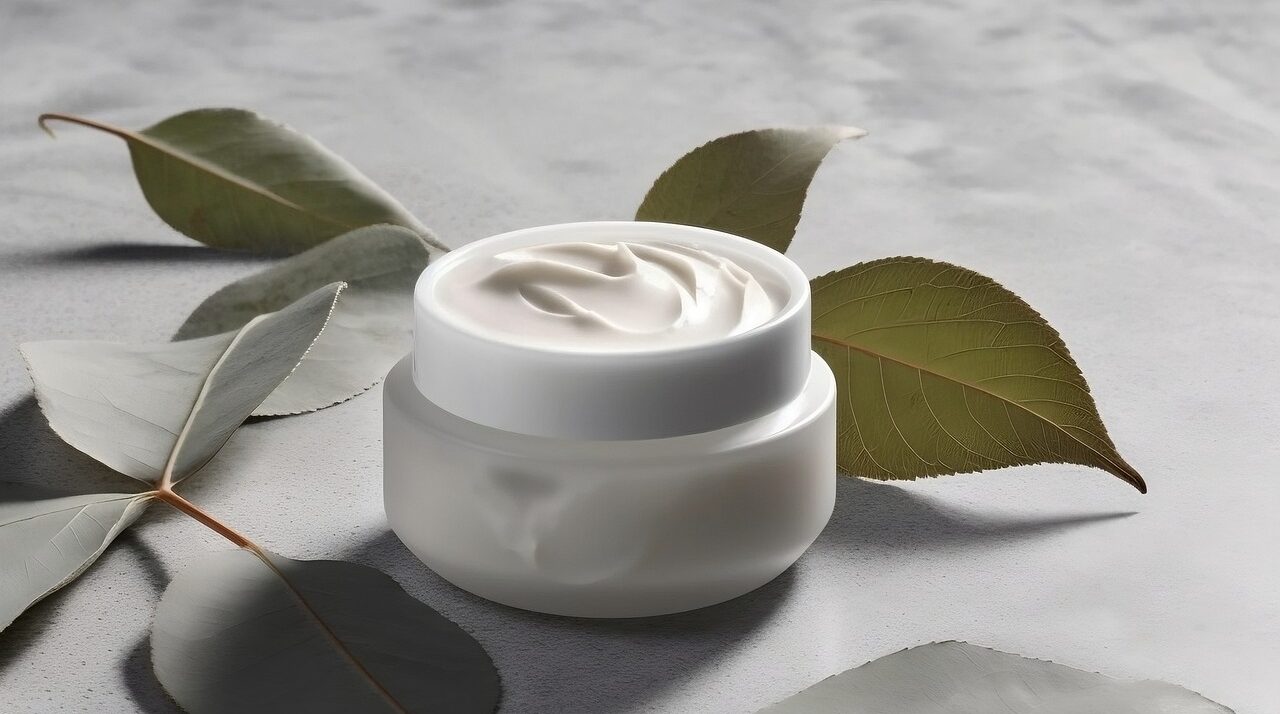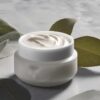1. Introduction:
Calmurid is a dermatological formulation designed to address various skin conditions through its unique combination of urea and lactic acid. Developed as a therapeutic moisturiser, Calmurid aims to alleviate dry skin, enhance hydration, and promote skin barrier function.
2. Composition:
Calmurid’s primary active ingredients are urea and lactic acid. Urea, a natural component of the skin’s natural moisturising factor, serves as a potent humectant, attracting and retaining water within the skin. It draws water deep into your skin, creating a hydration haven. It’s like a sip of water for your skin cells, quenching their thirst and leaving them plump and rejuvenated.
Lactic acid, an alpha-hydroxy acid, functions as a gentle exfoliant, aiding in the removal of dead skin cells. It aims to gently waltz away dead skin cells, unveiling the radiant complexion beneath.
3. Mechanism of Action:
The mechanism of action revolves around the synergistic effects of urea and lactic acid. Urea’s hydrating properties contribute to increased water retention within the skin, preventing trans epidermal water loss. Simultaneously, lactic acid facilitates mild exfoliation, promoting cell turnover and revealing a smoother, more radiant complexion.
4. Indications:
Calmurid is indicated for various dermatological conditions, including but not limited to:
-
-
- Xerosis (dry skin)
- Ichthyosis
- Hyperkeratotic disorders
- Rough skin texture
- Calluses and corns
-
5. Clinical Efficacy:
Clinical studies and trials have demonstrated the efficacy of Calmurid in improving skin hydration and texture. Research supports its role in managing conditions characterised by dryness and hyperkeratosis, showcasing its potential as an effective therapeutic option.
6. Safety Profile:
Calmurid is generally well-tolerated, with adverse effects being minimal. However, individuals with known hypersensitivity to any of its components should exercise caution. It is recommended to perform a patch test before widespread use, particularly in patients with sensitive skin.
7. Application and Dosage:
Calmurid is typically applied topically to affected areas as directed by healthcare professionals. The frequency and duration of use may vary depending on the severity of the skin condition. Patients are advised to follow the prescribed regimen for optimal results.
References:
-
- Westerhof W, Nieuweboer-Krobotova L. Treatment of vitiligo with UV-B radiation vs topical psoralen plus UV-A. Arch Dermatol. 1997;133(12):1525-1528.
- Rawlings AV, Davies A, Carlomusto M, et al. Effect of lactic acid isomers on keratinocyte ceramide synthesis, stratum corneum lipid levels and stratum corneum barrier function. Arch Dermatol Res. 1996;288(7):383-390.
- Farage MA, Miller KW, Elsner P, Maibach HI. Intrinsic and extrinsic factors in skin ageing: a review. Int J Cosmet Sci. 2008;30(2):87-95.


